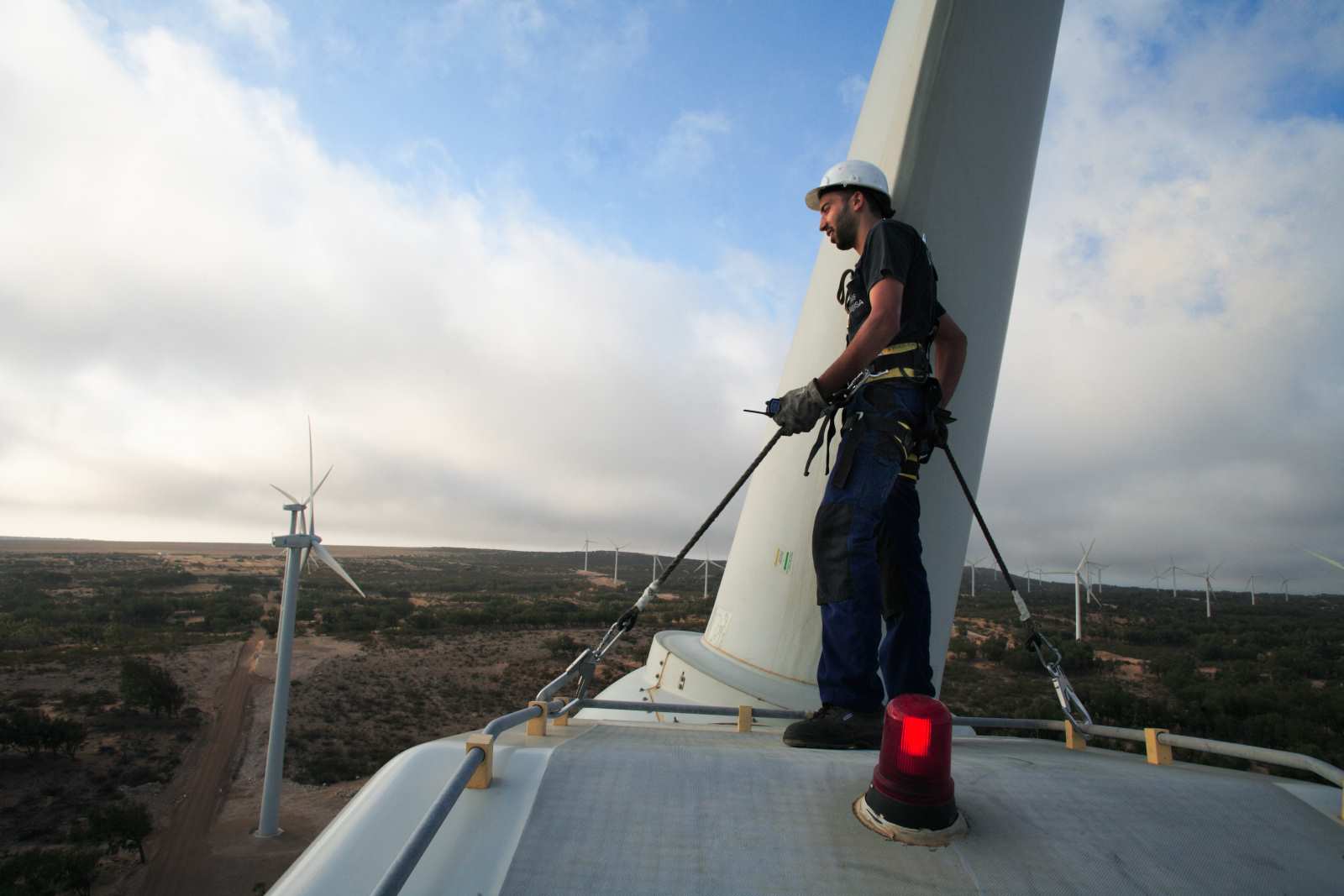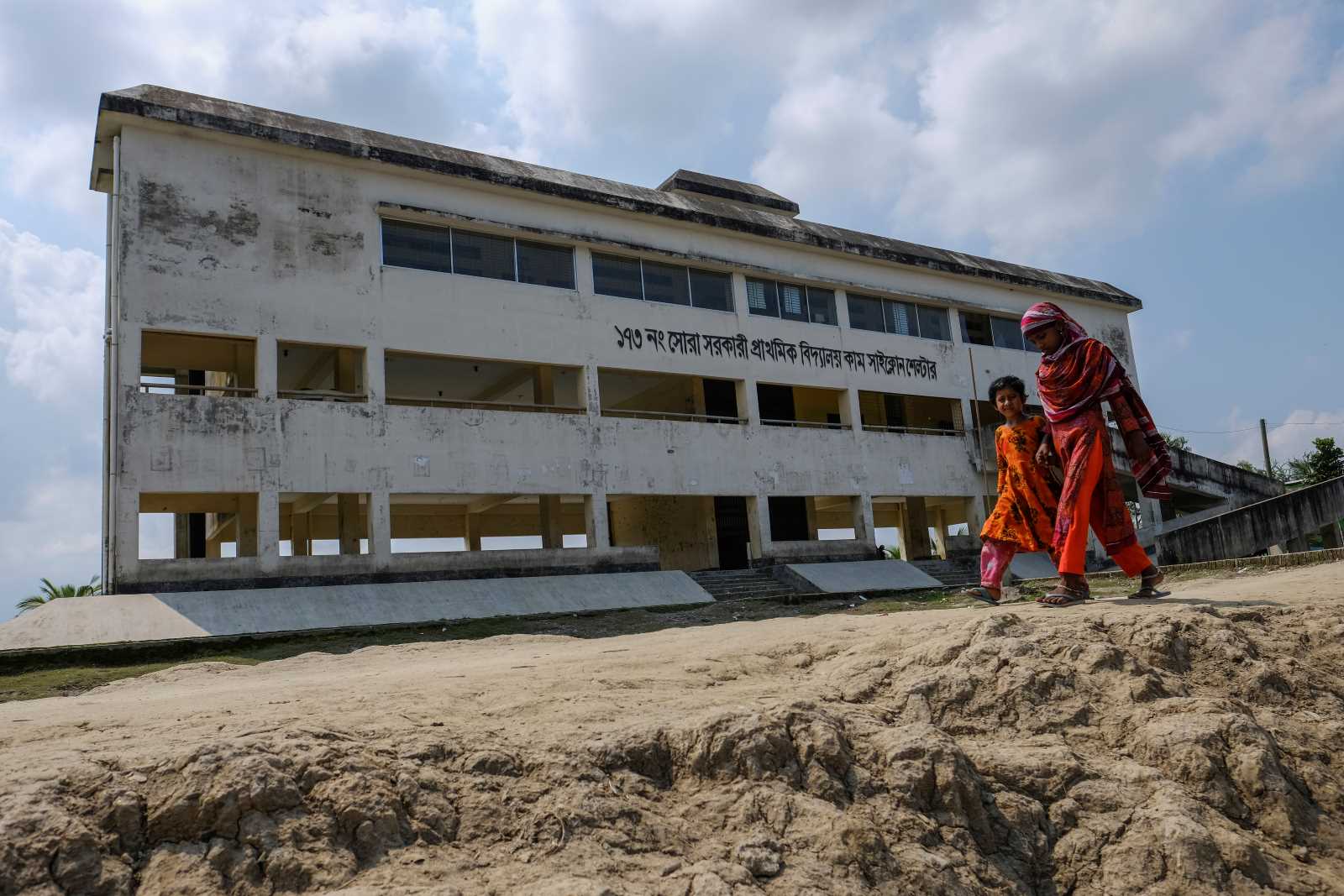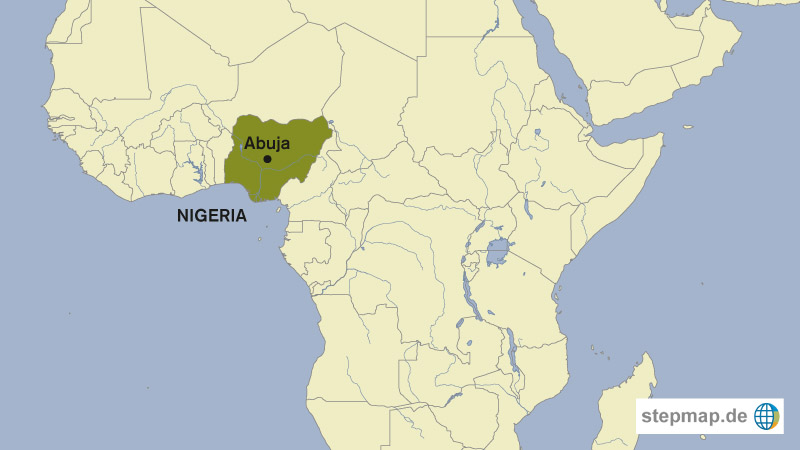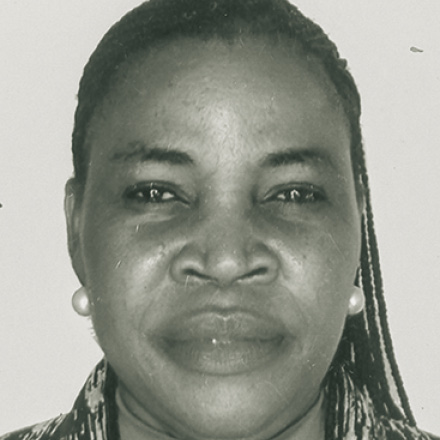Energy policy
Water over the dam
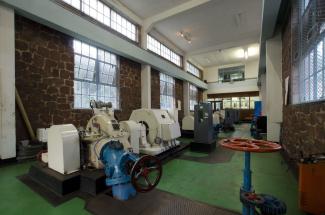
At first glance, hydropower seems a natural for Zambia. The country benefits from the water flows of the mighty Zambezi and Kafue Rivers, and hydropower is a clean and renewable fuel source. With this in mind, Zambia built major hydropower plants to supply nearly all its electricity needs.
But hydropower has a fatal flaw: Chronic drought lowers water levels to the point where power production is severely curtailed. Droughts in recent years have produced electricity shortages estimated at nearly one-third of Zambia’s total installed hydroelectric capacity of 2,380 megawatts.
In 2019, water levels in the Kariba dam plunged to their lowest level since 1996, falling to 10 % of usable storage. “This is probably the worst drought that has ever hit Zambia since independence” in 1964, Energy Minister Matthew Nkhuwa told parliament.
Drought caused by climate change is not the only flaw in Zambia’s energy policy, however. Chronic under-investment in hydro projects has also caused problems. Even when enough rain falls, power supply cannot keep up with demand from the mining, manufacturing and agriculture industries.
But the biggest problem is that Zambia is over-dependent on hydro energy, a fuel source that is subject to the unpredictability of the weather. According to the US Agency for International Development (USAID), the country draws 85 % of its power from hydro projects.
As droughts cause chronic and prolonged blackouts, Zambia is looking to reduce its dependence on hydropower by developing other renewable fuel sources, such as solar and wind. These fuel sources are as clean as hydropower and can help reduce Zambia’s dependence on rainfall for its electricity.
Solar and wind projects have another key advantage: these power plants can be smaller and more decentralised than most hydro dams, and can be connected to micro-grids supplying under-served communities. That is important in Zambia, where the countryside lacks access to power. According to USAID, only four percent of the rural population in Zambia has access to electricity.
Enter private investors
The vast majority of Zambia’s power is produced and distributed by Zesco, the state-owned utility. But in an effort to diversify both its fuel sources and its financial resources, Zambia is entering agreements with corporations looking to invest in its energy sector.
For example, in 2019 the Zambezi River Authority awarded a contract to a consortium led by General Electric and Power China to build a $ 4 billion hydropower proj-ect at Batoka Gorge.
Zambia also signed an agreement with the World Banks’ International Finance Corporation (IFC) to develop two large-scale solar projects. A competitive auction through the IFC’s “Scaling Solar” programme attracted bids from competing solar developers. Both solar plants started operation in 2019; according to the IFC, the projects offer the lowest solar-power prices in Africa to date.
Wind energy is relatively underdeveloped but several promising projects are under way. Last November the energy minister initiated a 200 MW wind-power project in Katete, Eastern Province. The government expects construction to start in 2021. This is the first phase of the larger Unika 1 wind project, which is to be financed by private investors.
These projects are badly needed and long overdue. Rolling power blackouts have damaged Zambia’s already fragile economy. The chronic electricity shortages have affected everyone, from individuals to small businesses and large mining corporations (see box).
Adding generating capacity from diversified supply sources could also ease a price crunch for energy consumers. As Zesco’s condition has worsened, it was forced to raise tariffs by as much as 200 % in late 2019, in part to pay for power imports from South Africa.
In the short term, rate-payers facing a combination of rolling blackouts and higher prices are upset. “My business is down due to lack of electricity,” says Lucy Mbewe, 32, operator of a hair salon in Lusaka, the capital. “The government should invest in [other] renewable energies instead of always depending on the Kariba dam for power generation, year in and year out.”
Source
USAID Zambia power Africa fact sheet:
https://www.usaid.gov/powerafrica/zambia
Derrick Silimina is a freelance journalist based in Lusaka, Zambia. He focuses on Zambian agriculture and sustainability issues.
derricksilimina@gmail.com

